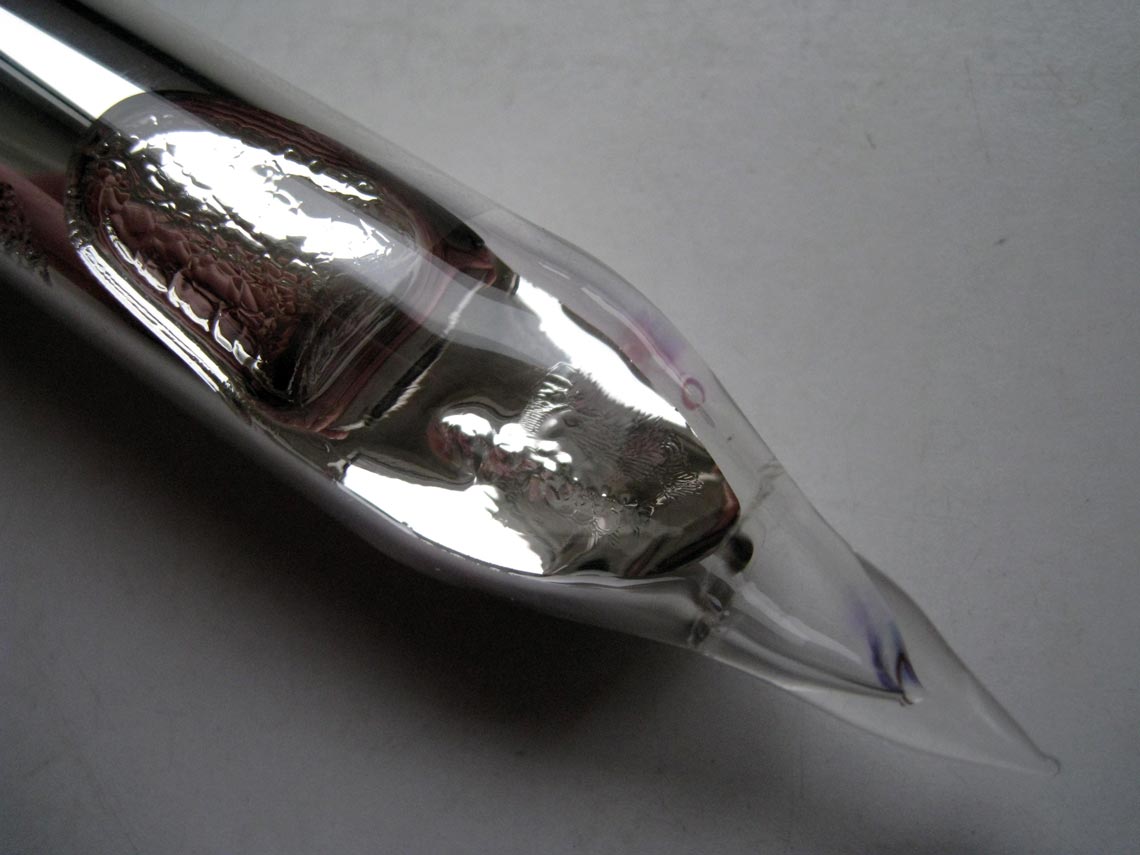The production of ultracold molecules, maintained at temperatures close to absolute zero (-273.15o C, also known as zero Kelvin), involves many stages and requires the use of several laser beams, as well as equipment that costs millions of dollars and is only available in a few laboratories around the world. That may be about to change. Luis Marcassa and his research team from the São Carlos Institute of Physics (IFSC) at the University of São Paulo (USP) recently developed a simpler way to create ultracold molecules—something physicists are interested in because they can be used to test the fundamental properties of particles, perform quantum computations, and optimize chemical reactions. Using one laser beam and a set of equipment that cost just US$150,000, the USP group generated rubidium molecules at a temperature of 10 microKelvin (10 millionths of a degree above absolute zero).
The innovation is in how the molecules are cooled. In the past, experiments used a laser beam to slow down the molecules until they were almost at a standstill. This makes them lose energy and vibrate less (the less they vibrate, the lower their temperature), but other laser beams and techniques are needed to control molecular rotation. Marcassa and his team decided to try cooling them by taking advantage of one of the fundamental properties of all particles: the tendency to always expend the lowest possible amount of energy.
First, they used a laser to energize the molecules, making them vibrate more. The molecules then release energy by emitting light, returning to a less energetic state, sometimes with even less energy than they started with. Based on calculations by Olivier Dulieu’s group from the University of Paris-Sud in France, the USP team repeated the procedure almost 20 times, progressively reducing the energy supplied to the particles until they almost stopped vibrating entirely. The strategy successfully lowered the temperature of 74% of the 10,000 rubidium molecules used in the experiment, according to an article published in Physical Review Letters in March. “The experiment functioned as proof of principle. I hope it encourages other groups to try to reproduce the results,” says Marcassa.
The approach reduced particle vibration, but only slightly lowered rotation. “It is simpler than previous methods and an interesting alternative,” says physicist Marcio Miranda, from the Federal University of Pernambuco (UFPE), who was involved in producing the first ultracold molecules in the USA in 2008. “Control over molecular rotation still needs to be improved.”
Project
Manipulation of atomic collisions in optical traps (nº 13/02816-8); Grant Mechanism Thematic Project; Principal Investigator Luis Gustavo Marcassa (IFSC-USP); Investment R$1,487,738.55.
Scientific article
PASSAGEM, H. F. et al. Continuous loading of ultracold ground-state 85Rb2 molecules in a dipole trap using a single light beam. Physical Review Letters. Mar. 26, 2019.


